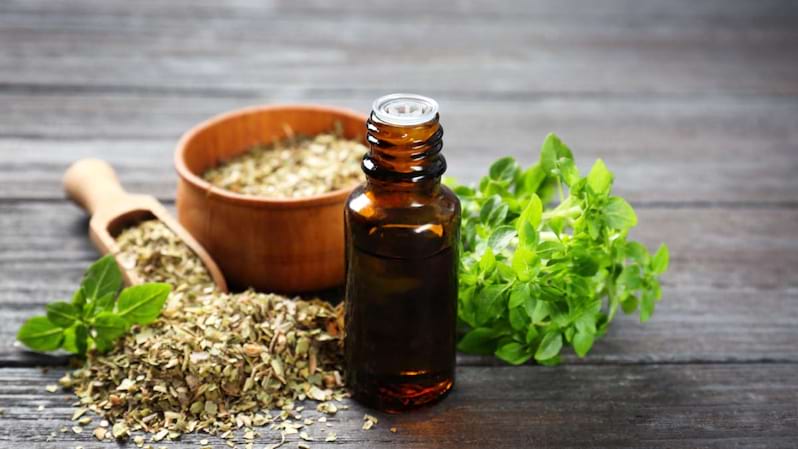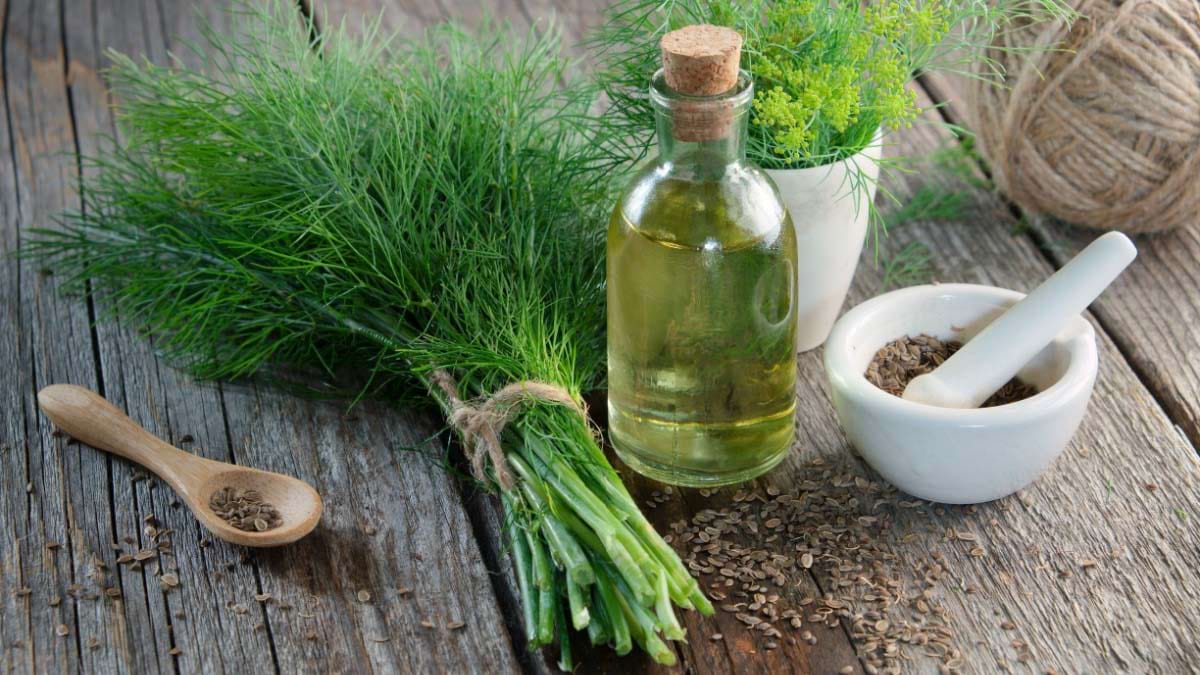Dill oil, extracted from the seeds or leaves of the Anethum graveolens plant, is a potent essential oil with a fresh, herbaceous aroma. Known for its culinary and medicinal uses, dill oil has been valued in traditional medicine for centuries. Whether used in aromatherapy, skincare, or digestion support, this versatile oil offers numerous health benefits.
In this blog post, we’ll explore the key benefits of dill oil and how you can easily prepare it at home.
Health Benefits of Dill Oil
1. Aids Digestion and Relieves Bloating
Dill oil is known for its carminative properties, helping to reduce gas, bloating, and indigestion. It stimulates digestive enzymes, promoting smoother digestion and relieving stomach cramps.
2. Supports Respiratory Health
With its antispasmodic and expectorant properties, dill oil can help ease coughs, bronchitis, and congestion. Inhaling its vapors may open up airways and reduce mucus buildup.
3. Promotes Relaxation and Sleep
The soothing aroma of dill oil has mild sedative effects, making it useful for reducing anxiety and improving sleep quality. Diffusing it at bedtime may help calm the mind.
4. Antibacterial and Antifungal Properties
Research suggests that dill oil has antimicrobial effects, making it beneficial for fighting infections. It can be diluted and applied to minor cuts or fungal infections (always do a patch test first).
5. May Help Regulate Menstrual Cycles
Dill oil has emmenagogue properties, meaning it may help stimulate menstrual flow and relieve menstrual cramps when used in massage blends (mixed with a carrier oil).
6. Supports Healthy Skin
Due to its anti-inflammatory and antiseptic qualities, dill oil can be used in diluted form to help soothe acne, rashes, and irritated skin.
How to Make Dill Oil at Home
You can prepare dill oil using either the infusion method (for culinary use) or the essential oil extraction method (for therapeutic use).
Method 1: Dill-Infused Oil (Culinary & Mild Therapeutic Use)
Ingredients:
- 1 cup fresh dill leaves or seeds (dried works too)
- 1 cup carrier oil (olive oil, coconut oil, or sunflower oil)
Steps:
- Wash and dry fresh dill thoroughly to remove moisture.
- Lightly crush the dill leaves or seeds to release their aroma.
- Place them in a clean glass jar and cover with the carrier oil.
- Seal the jar and let it sit in a sunny spot for 1-2 weeks (shake occasionally).
- Strain the oil through a cheesecloth into a dark glass bottle.
- Store in a cool, dark place for up to 6 months.
Uses:
- Drizzle over salads, dips, or grilled dishes.
- Use as a massage oil for digestive or muscle relief.
Method 2: Steam Distillation (For Essential Oil – Advanced Method)
This method requires a steam distiller, as dill essential oil is highly concentrated.
Steps:
- Place fresh dill leaves/seeds in the distiller’s chamber.
- Steam passes through the plant material, extracting the volatile oils.
- The vapor condenses, separating the essential oil from the hydrosol.
- Collect the pure dill essential oil in an amber glass bottle.
Note: This process is complex and best left to professionals, but you can purchase pure dill essential oil from reputable brands.
Precautions & Side Effects
- Always dilute dill essential oil before topical use (mix with a carrier oil).
- Do not ingest essential oils unless under professional guidance.
- Avoid during pregnancy, as it may stimulate uterine contractions.
- Patch test before skin application to check for allergies.

Dill oil is a fantastic natural remedy with digestive, respiratory, and relaxation benefits. Whether you make an infused oil for cooking or use essential oil for aromatherapy, it’s a valuable addition to your wellness routine.
Have you tried dill oil before?
Share your favorite uses in the comments!

